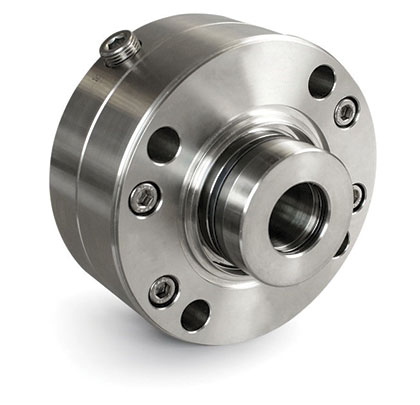Contrary to our intuition, we do not have to be seal experts to select the right seal. Instead, all that’s needed is (a) asking the right questions and (b) working with a manufacturer who will not shrug us off by claims that we’re asking for proprietary information.
THE SECRET TO SELECTING OPTIMIZED SEALS
Here’s another relevant example: In the mid 1970s, a reliability engineer was asked to participate in selecting the right mechanical seals for six important pumping services in a large petrochemical plant. At that time, the plant dealt with just one mechanical seal manufacturer because that manufacturer’s pricing structure looked attractive to the traditionalists among the design contractors and owner-operators. Our facility’s reliability team submitted requests for quotation to four mechanical seal manufacturers—let’s call them A/B/C and D. These four vendors were asked to fill out a simple form with twenty or so single-line questions:
- Seal type (single or dual; flexing face rotating or non-rotating; material combination flexing face versus non-flexing face, etc.).
- Service fluid or process unit.
- Elastomer material used as a secondary seal.
- Pressure against which the seal operates.
- Average face velocity of that particular seal.
- Geographic location where used in the fluid flow or pumping service of interest to us.
- How long had seals of the type offered been in successful use at the top two geographic locations where that exact seal was being used.
Cost and delivery were of lesser interest to the reliability team than the manufacturers’ technical expertise and willingness to explain details. The reliability professionals devoted most of their attention to deviations such as, suppose for the sake of illustration, Vendors A/B/C/D’s selection of elastomer compositions. Assume three of the four vendors had indicated Viton, but one had listed Teflon-encased Buna-N as their choice of materials. The reliability team would now make it their obligation to find out if Viton was the right material. Although three of the four vendors had indicated “Viton” was of little consequence, our follow-up work concentrated on Vendor D; recall that this vendor had opted for Teflon-encased Buna-N.
KNOW YOUR STANDARDS AND STICK TO THEM
Suppose Vendor D came back saying “Sorry, we made a mistake. We in fact use Viton, just as everybody else does.” In that case our reliability review team would have accepted D’s explanation; after all, we too make occasional mistakes. But suppose Vendor D’s answer had been: “We carefully looked at your startup conditions and believe that your fluid is gassing-out for about five minutes. That’s why we chose the considerably more expensive Teflon-encased Buna-N.”

In that case, the thoughtful vendor would not only have made a sale, but would have gained the purchaser’s admiration and respect. We as owner-purchasers would probably have cultivated a true professional relationship with this vendor because they had learned much from the candid interchange of relevant information. The owner-purchaser would do everything possible to make this manufacturer one of its trusted Technology Resources—the facility’s “training adjunct” for sealing technology.
Our take-away from this should be of interest because each bulleted item suggests effort and reward:
- Reasonable efforts to find facts will meet with substantial rewards.
- Working with innovators and principled suppliers pays dividends if we, too, are principled.
PAY THE PRICE TO BE THE BEST
Becoming Best-of-Class is not for free; it takes work and forethought. In the late 1970s and through the early 1990s we saw an encouraging trend among Best-of-Class Companies to reconfirm the roles of reliability professionals and to list the various elements that contribute to carrying out these roles. Today, an exemplary plant manager would expect someone in his reliability group to act as we did in the mid-1970s.
In next month’s conclusion to this series, we’ll take a closer look at the leading providers whose integration of engineering and service has allowed them to gain recognition on a very wide geographic basis.
About The Author
Heinz P. Bloch is a consulting engineer with locations in Westminster/Colorado and Houston/ Texas. He can now draw on sixty-seven years of applicable industry experience which commenced with absolving an apprenticeship in his home town in Germany. After obtaining BSME and MSME degrees in Mechanical Engineering, he held machinery-oriented staff and line positions with only two employers—first with Johnson and Johnson and then with Exxon affiliates in locations around the world, on all six continents. He is the author of twenty full-length books and close to 700 technical publications. These and many other relevant observations are detailed in his 784-page text “Petrochemical Machinery Insights,” (copyright 2017, published by Elsevier Inc., Oxford, UK, and Cambridge, MA, ISBN 978-0-12-809272-9).
____________________________________________
MODERN PUMPING TODAY, May 2017
Did you enjoy this article?
Subscribe to the FREE Digital Edition of Modern Pumping Today Magazine!



